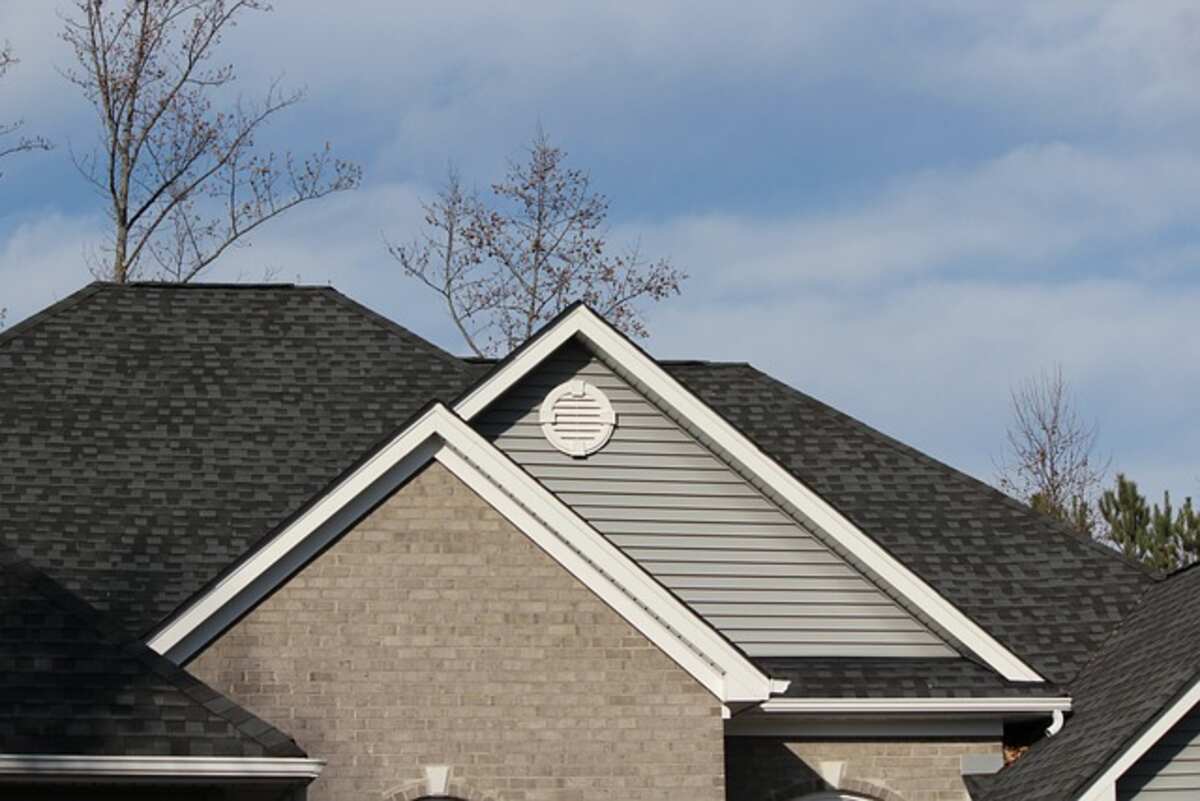You have found the proper resource for “roofing shingles – how to” details. Learning where to place the roofing nails accurately is crucial. Hundreds of fasteners are used on a standard roof, and improper installation can cause leaks. Here are seven suggestions to help you succeed.
Tip No. 1 for Installing Roofing Shingles Nails shouldn’t be set up too high.
The shingles include a horizontal “nail line” that shows you where to hammer the nails in. The line could be a painted guide or the spot where you’re supposed to hammer in the screws. It’s crucial to put your full attention on hitting that mark exactly. Nails driven too high risk tearing the shingle, skipping the course beneath, and preventing the shingles from setting flat. This can make them highly susceptible to damage from strong winds.
Roofing Shingles: Advice Number Two: You shouldn’t set them too low.
However, you don’t want your nails to be too short. Nails only half an inch below the nail line on some shingles will be visible. “Shiners” is the term for people like that. Over time, they may rust and develop leaks. Some producers have designed a new nailing zone higher up on the shingle to counteract these issues. However, it reduces wind resistance by ten mph, which is unacceptable. Simply hammering the nails into their proper holes is preferable.
Roofing Shingles: Advice Number Three Be Sure to Follow the Script!
Nail placement on the line is crucial, but you must also adhere to a specific horizontal nail pattern. If you use four nails per shingle, the pattern will differ from six. This horizontal position affords you more flexibility than the vertical one. However, there is still an essential principle to remember: Above the course, there shouldn’t be any nails within three inches of the seam. It’s not hard to install roof shingles if you follow the instructions on the packaging. But if you’re not careful, you might find nails in the course above where two shingles meet. That’s a familiar spot for a leak, but the nail’s often out of sight, making it challenging to locate.
Pay close attention to this when adjusting the length of the shingles so that a single one can cross the valley. It’s simple to hammer in the false nails. Before nailing, I like to draw out the upper course to anticipate where the nails and seams will be placed.
Tip #4: Drive Those Nails Into The Shingles Flush!
Once determined where to work, you can set your nail gun and air compressor to drive the nails completely flat with the shingle surface. They must not be tearing all the way through or protruding. The shingles may soften as the day progresses, requiring you to release the pressure. You may need to apply extra force when installing roof over and caps. You should use a hammer to seat any nails protruding too far instantly. If not, they become “nail pops” that eventually poke through the shingles and cause leaks.
Do not nail into the flashings when installing roofing shingles.
Flashings have a flange attached to the roof as you shingle around roof penetrations like vents, skylights, chimneys, and other similar features. The flange is usually between three and five inches broad, and nails are placed around every six inches along the outer edge. Keep your nails at least six inches away from these openings when installing shingles around them. That will aid in sealing the nail holes and preventing water leakage. No nails or screws will be needed to secure the shingles around the vent because they will all be embedded in flashing cement.
Tip #6: Don’t Hammer Nails Into the Valleys When Installing Roofing Shingles.
Valleys require the most careful nail placement of any surface. Like a giant funnel, the valley helps to shed a lot of water off the roof. Some of it seeps under the roof, which might cause a leak if it comes in contact with a nail. The valley is an exception to the regular nailing pattern used elsewhere on the roof. Instead, it’s recommended that no shingle nails be placed closer than 12 inches to the valley’s precise center. Again, the shingles will be secured without nails since they will be placed in flashing cement.
Use screws instead of nails for installing roofing shingles (Hint #7).
Last but not least, never use roofing nails while putting up aluminum ridge vents. To start, they corrode and begin to leak after a while. When nailed into place, ridge vents are prone to coming free due to the constant buffeting they receive from the wind. That means wind-driven rain can get under the openings. I’ve used metal nails with a spiral shank to secure the vents for several years. Those were more effective, but I discovered that in robust winds, even they could become dislodged. Use wood screws that won’t rust and grommeted washers that will keep moisture out. The grommets keep them in place, the shield keeps the sun off of them, and the grommets seal the hole.
There is much more to the “roofing shingles how to” curriculum. Visit http://www.roofingsecrets.com for information that will streamline your work and help you avoid costly errors.
For anyone interested in roofing, John C. Bishop has written “Roofing Secrets: How to Avoid Leaks and Save Thousands of Dollars!”
Read also: How You Can Install Under Slab Drainage In A Wet Basement


 Home
Home